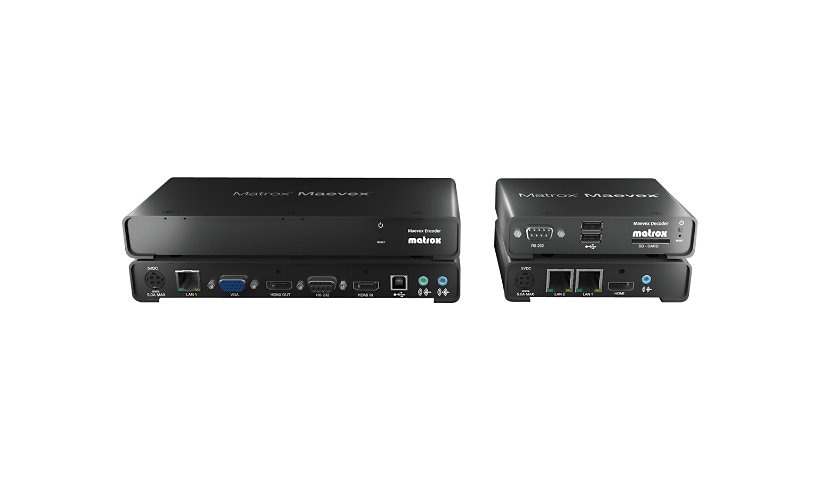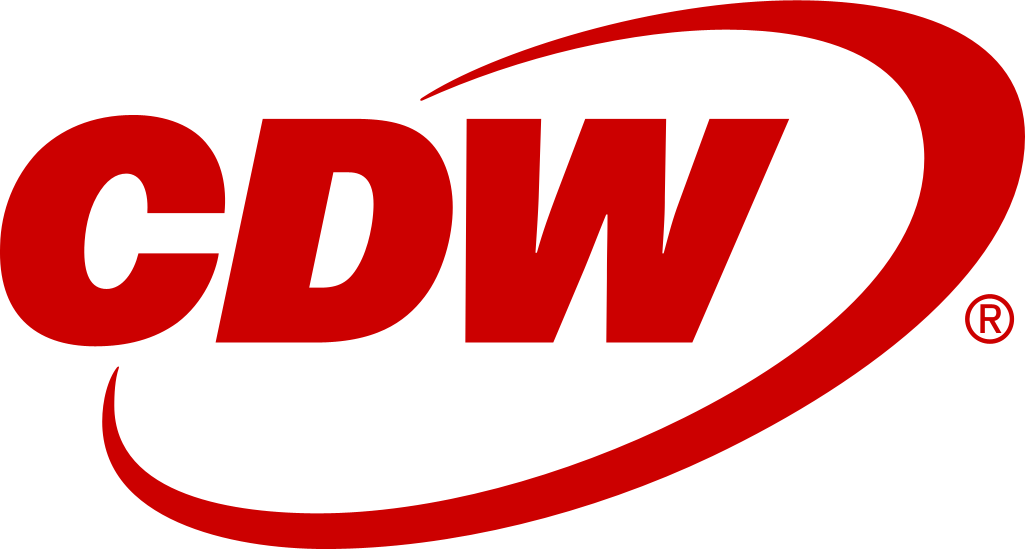
Know your gear
The Matrox Maevex video distribution over IP solution consists of the Maevex 5100 series encoder/decoder pair that extends 1080p 60 video and audio over a standard IP network. The Maevex Encoder captures video and audio from a host PC or another media source and seamlessly extends the signals to one or more Maevex Decoders via standard networking equipment, such as switches, routers, and CATx cabling. The technology's H.264 encode/decode platform delivers Full HD, excellent-quality video extension over standard LAN connectivity at user-defined low bit rates for minimal network bandwidth consumption. The robust Matrox PowerStream software application is used to remotely discover, manage, and adjust the Maevex network and lets administrators conveniently define multiple stream parameters and balance network bandwidth consumption if necessary. Maevex hardware architecture, I/O functionality, and PowerStream features combine to yield an excellent-quality video over IP solution at a cost-effective price for a wide variety of applications.
Add to Compare
Enhance your purchase
Matrox Maevex 5150 Encoder/Decoder Bundle - video/audio extender is rated
3.00 out of
5 by
2.
Rated 5 out of
5 by
Phil from
Works Great
This product works as described. I've used a few of these encoders and decoders in a large church environment to broadcast the live video stream of the services to remote locations throughout the main building. I've even viewed the video streams remotely over a VPN connection and have never had any major issues.
Here are a few things about this product that I think are really nice (just to name a few).
1. The encoder uses open / non-proprietary encoding so you can use a software decoder like VLC to view the stream and save cost by not having to purchase the hardware decoders from Matrox. I have even used a couple of AppleTV 4s with the VLC app to view a video stream. This option works well if you have places where you wish to manually connect to a video stream for single uses or give people the ability to view the stream without having to add dedicated decoders. Most newer computers, smartphones, or tablets can handle the decoding requirements. I've used many iOS, Android, OS X and Windows based devices to decode and view the video streams by using VLC over wired and wifi connections and most have worked quite well. Only older devices that can't handle doing the software decoding of H.264 had problems which is not the fault of the encoders.
2. You can make a lot of adjustments to the broadcast quality to minimize bandwidth requirements. You can also make network buffering/lag adjustments to deal with heavily congested networks.
3. The hardware decoders work well and the management software allows you to see all of the encoders and decoders on your network. You can make adjustments to the streams and the decoders through the software including things like pushing firmware updates, changing which stream to decode and changing stream settings and network settings from a single interface.
I'm not sure what caused the issues that the other reviewer on here mentions regarding network bandwidth. You can adjust a lot of the bandwidth requirements for the broadcast so this should not take a huge amount of network bandwidth unless you have the quality set really high or something on your network is misconfigured. You do need multicasting enabled to have this work correctly on an enterprise network so if you are using multicast filtering that could cause some issues as well. I personally set up the Matrox encoding and decoding devices on their own subnet and VLAN and then allowed access to that subnet and VLAN for other specific users and devices to prevent filtering and bandwidth issues. By adjusting the buffer and network jitter settings on the encoders and decoders I didn't even have to bump up the QoS priority on the video streams although that might be necessary on a large network with lots of traffic.
Date published: 2016-11-23T00:00:00-05:00
Rated 5 out of
5 by
HarveyKinder from
Too Much Bandwidth
Would have been great if we had fiber in the building. 100+ employees on the network day in day out no issue. Two video feeds and the systems are overloaded. needs a dedicated line to run it.
Date published: 2013-11-26T00:00:00-05:00
